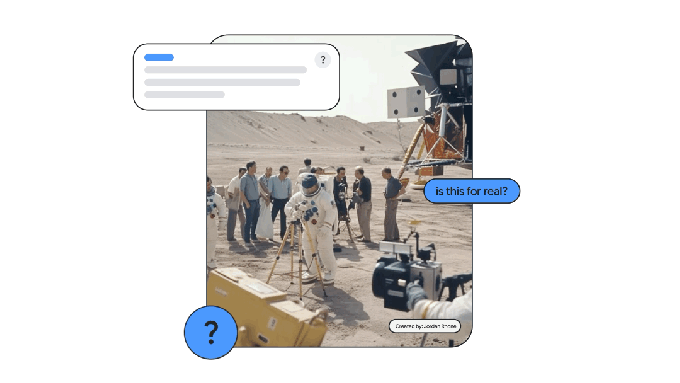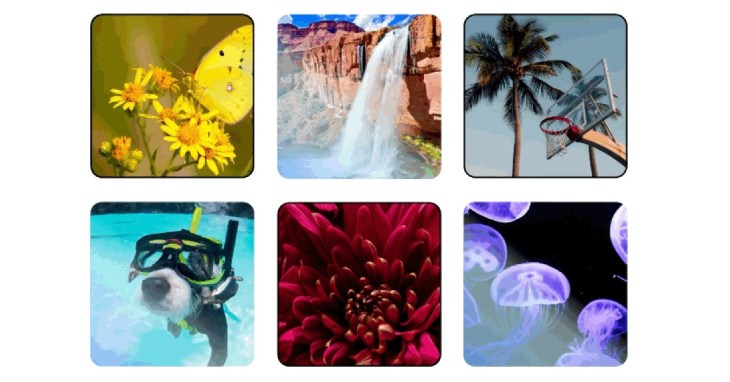Google is taking its first steps toward combating the potential for misinformation arising from AI-generated images. Complementing its announcements at its I/O developer event this afternoon, the company also introduced two new features coming to Google Search that aim to help people better understand the content and the context of the image they’re viewing in the search results. This includes the addition of more background information about the image itself within an “About this image” feature, as well as new markup in the file itself that will allow images to be labeled as “AI-generated.”
The company says the new features are an extension of its existing work to include more visual literacy and to help people more quickly asses whether an image is credible or AI-generated. However, these tools alone will not likely address the wider problem of AI images used to mislead or misinform — much of which will take place outside of Google’s walls and where creators won’t play by the rules.
The first new addition, arriving in the “coming months,” will introduce more context about images in an “About this image” feature.

Image Credits: Google
Specifically, it will include information like when the images and similar images were first indexed by Google, where the image may have first appeared online, and where else the image has been seen online. The latter could include things like news media websites or fact-checking sites, which could potentially direct web searchers to learn more about the image in question — including how it may have been used in misinformation campaigns.
Google notes that 62% of people believe they now encounter misinformation daily or weekly, according to a 2022 Poynter study — a problem Google hopes to address with the “About this image” feature.
While Google is being proactive in introducing the tool before the world becomes fully inundated by AI-generated imagery that isn’t immediately obvious at first glance — like Pope Francis in a puffer jacket or Trump and Biden as best friends — it’s also another example of how AI technologies have been released into the wild before robust systems have been put into place to mitigate the potential damage they can do.
To use “About this image,” Google explains users will have to click on the three dots on an image in the Google Images search results, search with an image or screenshot on Google Lens, or swipe up from within the Google App when you’re on a page with an image you want to learn more about.
Later this year, users will be able to access the feature by right-clicking on long-pressing on an image in the Google Chrome web browser across mobile and desktop, too.
However, the feature will initially be limited to the U.S. and only in English.
Meanwhile, as Google rolls out its own generative image capabilities, a second new feature will ensure that all Google’s own AI-generated images have a markup in the original file that gives users context if the image is accessed outside of Google’s platforms.

Image Credits: Google
Creators and publishers will also be able to add similar markups to their own AI-generated images. By doing so, a label will be added to the images in Google Search results that will mark them as AI-generated.
Google says several publishers are already on board to adopt this feature, including Midjourney, Shutterstock and others.

Image Credits: Google
This will also roll out in the “coming months,” Google says, but didn’t share a more specific timeframe.

